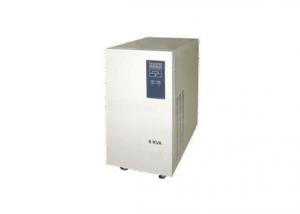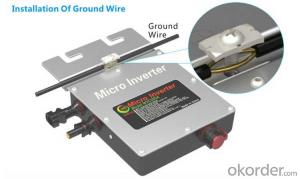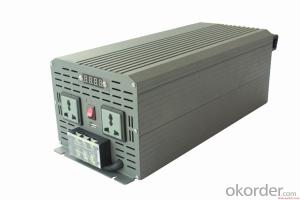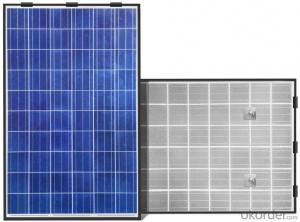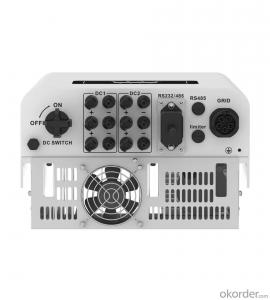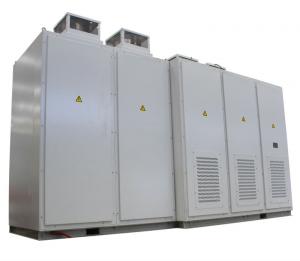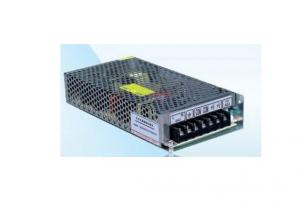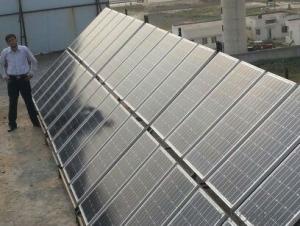10 Kva Hybrid Solar Inverter
10 Kva Hybrid Solar Inverter Related Searches
10 Kw Hybrid Solar Inverter 10kw Hybrid Solar Inverter 10kw Solar Hybrid Inverter 10kva Solar Hybrid Inverter Hybrid Solar Inverter 10kw Solar Inverter Hybrid 10kw 10 Kva Solar Inverter 10kw Solar Inverter 10kva Solar Inverter 10kw Solar Power Inverter 10kv Solar Inverter Solar Inverter 10 Kw 10kw Inverter Solar Solar Inverter 10kw Solar Inverter 10kva Solar Power Inverter 10kw 10k Solar Inverter 10kva Inverter Solar System 10 Kva Solar Inverter Price 10kw Solar Edge Inverter 10kw 3 Phase Solar Inverter Best 10kw Solar Inverter Solar Edge Inverter 10kw China 10kva Solar Inverter On Grid Solar Inverter 10kw 10000w Solar Inverter 10 Kw Solar Inverter Price 10kw Off Grid Solar Inverter Abb 10kw Solar Inverter Solar Inverter 10kw Price10 Kva Hybrid Solar Inverter Supplier & Manufacturer from China
The 10 Kva Hybrid Solar Inverter is a cutting-edge product designed to optimize the performance of solar energy systems. It combines the benefits of both grid-tie and off-grid inverters, allowing for seamless integration with solar panels and battery storage solutions. This advanced inverter is engineered to provide reliable and efficient power conversion, ensuring maximum energy yield from solar installations.The 10 Kva Hybrid Solar Inverter finds its application in a variety of scenarios, including residential, commercial, and industrial settings. It is particularly useful for those looking to reduce their reliance on grid electricity and increase their energy independence. By harnessing solar power and storing excess energy in batteries, this inverter enables users to have a backup power supply during grid outages or power failures. Moreover, it can also be used to power essential appliances and devices in off-grid locations, making it a versatile solution for various energy needs.
Okorder.com stands as a prominent wholesale supplier of the 10 Kva Hybrid Solar Inverter, boasting a vast inventory to cater to the diverse requirements of customers worldwide. With a strong commitment to quality and customer satisfaction, Okorder.com ensures that each 10 Kva Hybrid Solar Inverter is thoroughly tested and meets the highest industry standards before being shipped to clients. This reliable and efficient product is available at competitive prices, making it an attractive option for those seeking to invest in sustainable energy solutions.
Hot Products



